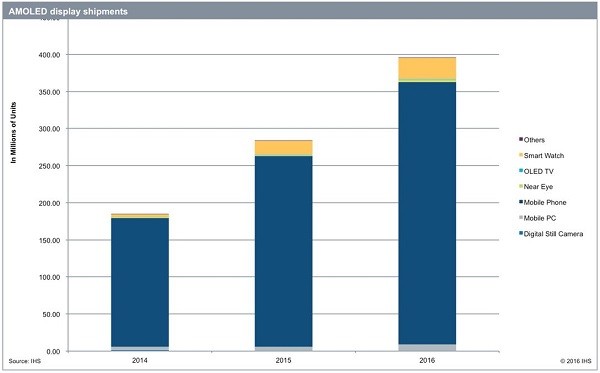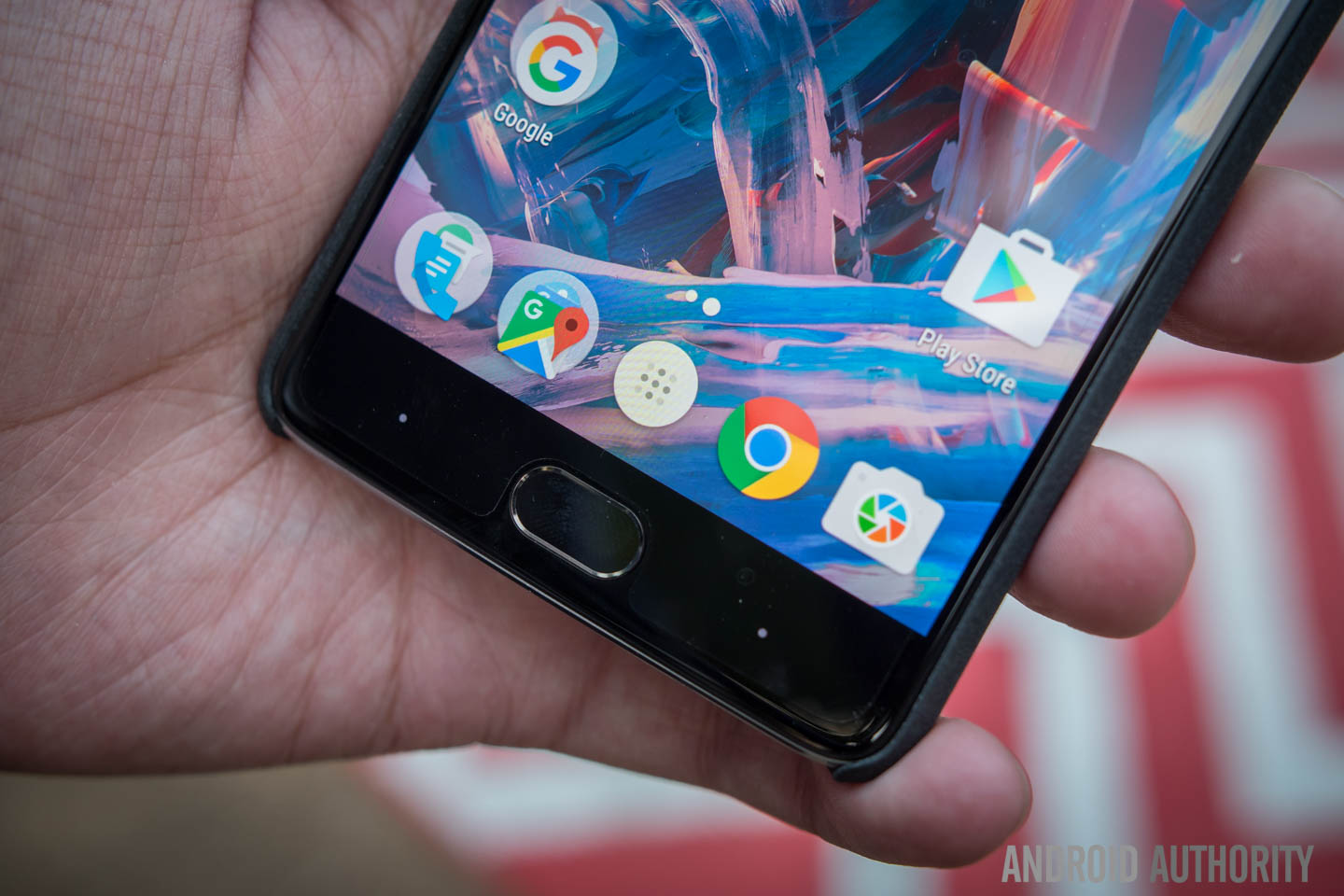Affiliate links on Android Authority may earn us a commission. Learn more.
Report: Samsung spending $6.82B to increase AMOLED production
June 19, 2016

If there is one single component that has been a mainstay in Samsung’s smartphone stable, it’s arguably the SAMOLED displays used in the company’s higher end devices. Galaxy customers seem to love the organic panels, which are well known for having near infinite contrast levels and bright, vibrant colors. Accordingly, it is no surprise that Samsung itself continues to occupy the lion’s share of the industry’s production and profits. While the OEM’s own phones usually make use of the technology, in recent years this has spread to supply for competitors as well, including most recently, OnePlus’s OnePlus 3.
Looking across the OS aisle, rumors of Apple’s iPhone making use of AMOLED displays continue to persist, with each month or so bringing forth new evidence or details of the grand plan. Currently, it can be concluded that the 2017 iPhone models will indeed have OLED displays, with Samsung supplying most of the stock. A new report from Japan’s Nikkei Asian Review, now specifies that the Korean company will be investing a whopping 8 trillion won (roughly $6.82 billion) in order to meet the production demand for next year’s Apple agreement.
More specifically, the report goes on to say that:
Bulking up OLED production will account for around 80% of Samsung’s capital investment in its panel business this year. Combined investment in OLED panels and conventional liquid crystal displays has averaged nearly 5 trillion won annually over the past three years. Samsung is thought capable of currently producing OLED panels equivalent to far more than 300 million smartphone screens each year.
The infusion of capital mentioned in today’s news would “boost capacity by the equivalent of well over 200 million for smartphone panels using organic light-emitting diodes at a subsidiary’s plant” thus the roughly 300 million figure mentioned above would soar to around 500 million by the time next year rolls around.
Additional insight

While Samsung is cited as being the principal producer of panels for Apple’s upcoming iPhone, it is not to be the only one, as reports have previously indicated that rival companies, including LG and Hon Hai Technology Group (Foxconn), will also be tasked. The current understanding of the matter is that Samsung will have 60% of production, which translates to 100 million AMOLED panels for Apple each year, beginning Q2 2017, for the next three years.
Today’s report however, which specifies a production boost of over 200 million extra panels per year due to the extra investment, might mean that Samsung’s quota has been increased. This could be due to a number of things, such as quality control guarantees, volume discounts, reliability, or any number of other considerations. It is also possible that the volume itself – as it relates to Apple – will not change, but rather Samsung anticipates being tasked with more production for other OEMs in the coming years.

In today’s report, Nikkei also made reference to competition, noting that
LG Display…plans to invest more than 10 trillion won into expanding production of OLED television and other panels over the next several years. An entry into smartphone displays is eyed as well. Japan Display will spend 50 billion yen ($479 million) to build a new OLED production line in spring 2017, with mass production to start in 2018 or later.
The report also contains a caveat to consider as well:
Capacity after the upgrade will be much higher than the company’s own estimated smartphone sales volume of 320 million units in 2015, creating the possibility of the massive investment becoming a drain on earnings.
While it has already been argued that Samsung’s mass production of its precious panels for use in products made and sold by competitors is both a good and bad thing, the idea that increased production may come at a cost to the bottom line eventually is certainly a risk that is relevant.